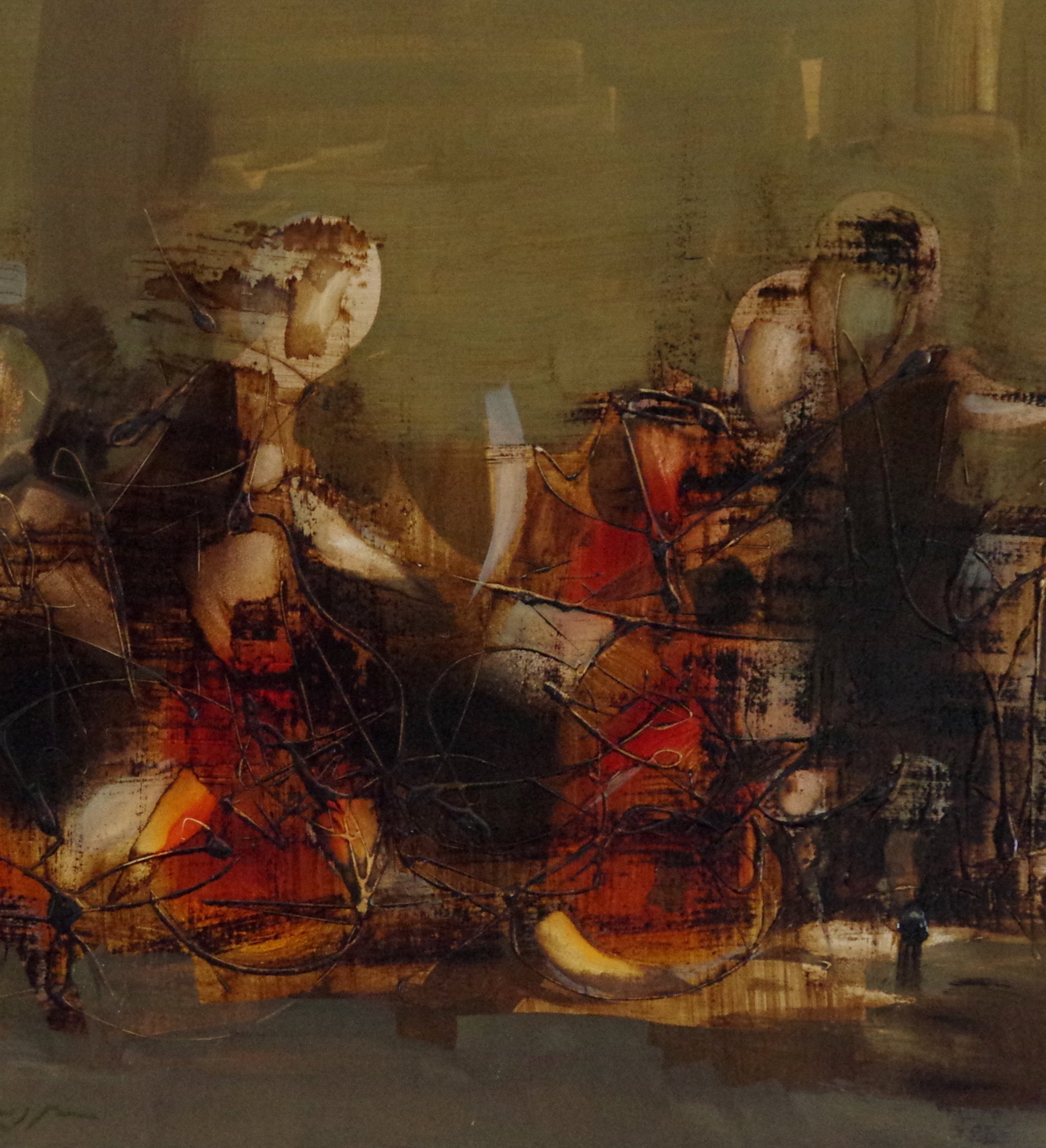


Chapters on creativity and on using a sketchbook help readers hone their artistic vision and evolve ideas from the initial inspiration to the fully developed work. A practical, how-to guide, it provides in-depth step-by-step instruction and rare among figure-drawing books features sections on composition, portraiture, and painting. The Atelier Method: Based on the training provided by 18th- and 19th-century art academies, the atelier approach creates sensual, smooth renderings based on meticulous study of the figure s surface morphology in light and shadow.Ĭovering all the basics as well as many advanced techniques, The Figurative Artist s Handbook is aimed at both students and experienced artists. The Structural Approach: A mainstay of 20th- and 21st-century art instruction, this method applies an architectural perspective to the body, using a block conception for anatomically sound, solid figures. The Study of Gesture (Disegno): Rooted in the Italian Mannerist style of the 16th and 17th centuries, the gestural method emphasizes life, rhythm, and movement in the human body.

Although all three methods underlie contemporary fine-arts practice and education, no artist s handbook has ever combined them before: Original and thoroughly modern in his approach, Zeller brings together three figure-drawing methods long thought to be at odds, synthesizing these seemingly incompatible techniques to achieve a cohesive and complete understanding of the human figure. Included are Michelangelo, Pieter Brueghel the Elder, Peter Paul Rubens, Jean-Auguste-Dominique Ingres, Gustav Klimt, Edward Hopper, Andrew Loomis, Andrew Wyeth, Lucian Freud, Odd Nerdrum, Eric Fischl, Bo Bartlett, Steven Assael, John Currin, and many others. Illustrated with Zeller s own exquisite drawings and paintings as well as works by nearly 100 historical and contemporary figurative art masters, the handbook is also a treasure trove of the finest figurative art of the past and the present day. ‘Painting is silent poetry, and poetry is painting that speaks.An Authoritative, Comprehensive Guide for Contemporary Figurative ArtistsĪt a time when renewed interest in figurative art is surging throughout the art world, author Robert Zeller presents The Figurative Artist s Handbook the first comprehensive guide to figure drawing and painting to appear in decades. His poetic brush strokes marrying the layers of crisp colors and muted grey tones enhance the dramatic atmospheres in the scenes. The rendering of figures in their moments of intimacy seem frozen in time, giving the viewer a stolen glimpse of romantic encounters, which are often overlooked. Hicks’ work can be described as the seamless fusion between abstraction and realism reminiscent of academic impressionist paintings of the 19th century, yet communicating strong contemporary content. Photography, realism, impressionism, oil paintings, and abstract works will be represented. Of over 450 submitted works, 61 were selected for this exhibition showcasing 43 artists from across the nation. Hicks’ appreciation and knowledge of a wide array of figurative works varying in style, medium, and portrayal of the subject matter are evident in his selection.

Join The Art Center on June 7 for the Biennial Contemporary Exhibition, juried by nationally recognized artist and former Art Center exhibitor Ron Hicks. Goyas Nude Maja, confident in her nakedness as she unashamedly gazes out at the viewer, is infamous for her direct confrontation. Faces, forms, movement, and life find their way onto The Art Center’s walls in this exhibition focusing on the portrayal of the figure. Francisco Goya, The Nude Maja, 1797-1800.


 0 kommentar(er)
0 kommentar(er)
